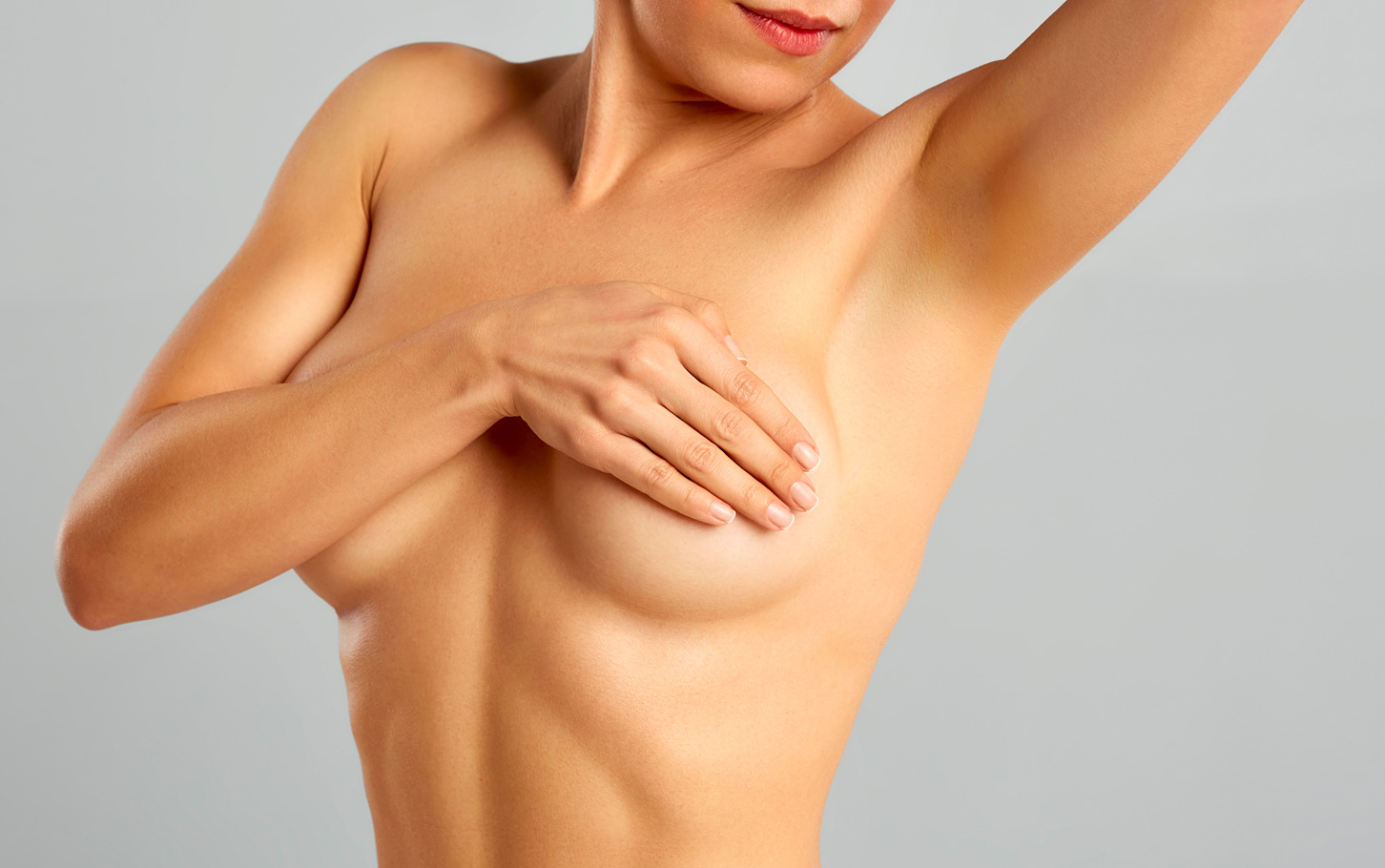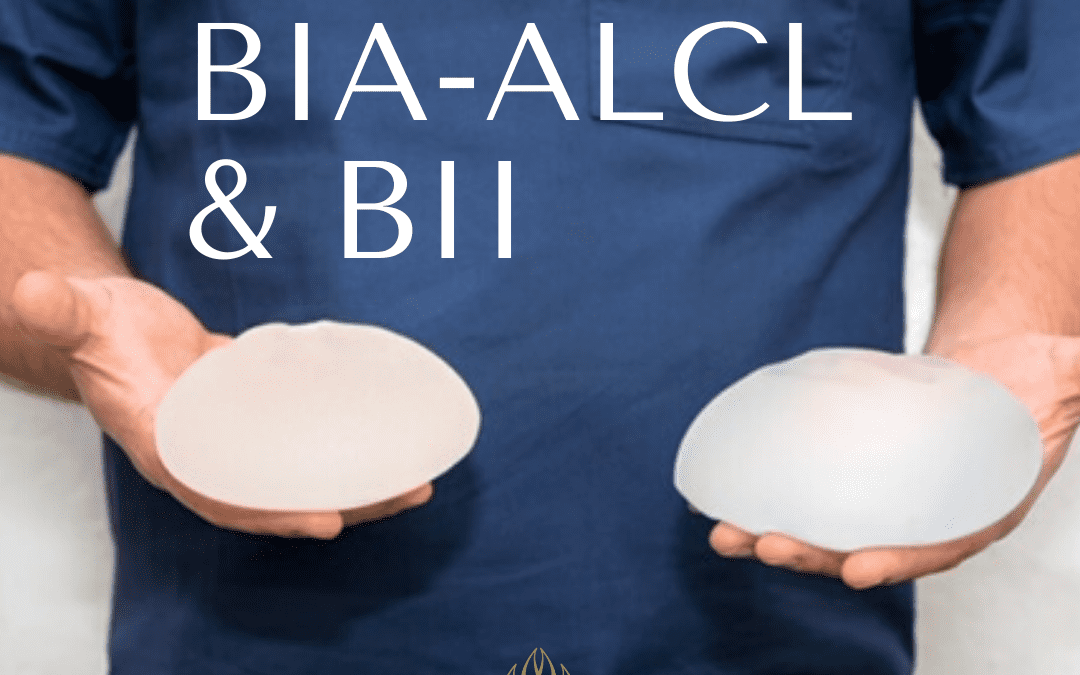Every woman’s body is different. And that includes how they recover after a surgical procedure such as breast augmentation.
Most Plastic Surgeons will tell you that the final surgical outcome of a breast augmentation will not be seen until several months post-operatively.
Research has shown that there can be significant variability in the amount of swelling a woman experiences after breast augmentation surgery. Some women experience swelling that lasts for several weeks after the operation, sometimes making it difficult to wear clothes that cover their breasts. Other women do not experience as much swelling, allowing them to return to regular activities in the immediate postoperative period.
Now to help shed light on the common question, “What happens to the nipples after breast augmentation surgery?”, here are some of the things a woman should know.
Sensitivity
Unlike other areas of the breast, the nipple is particularly sensitive. This is because it has a high density of nerve endings that, after breast augmentation surgery, are stretched beyond their former limits. This may result in heightened sensitivity in the nipple. You may have feelings of irritation and discomfort, particularly when you apply pressure by wearing tight bras that pinch the nipples.
Retraction
It is also common to experience short-term nipple retraction for about 2-3 weeks. The nipples may flatten, retract, and become smaller than before. This is not a sign of delayed healing, but a response from the body to the trauma of surgery.
The nipples may retract at the beginning of the healing process but will return to their original size and appearance in a few weeks.
Size
Your upper chest and nipple size will increase considerably as a result of breast augmentation. Depending on the size of your implant, the diameter of your areolar may also stretch wider, although the size of the nipple itself will usually stay the same.
Position
In certain cases, the nipples may look and feel odd because of the position they are in after the operation. Patients that have tight skin in the lower half of their breast between their nipple and their breast fold, particularly if choosing a large implant, may have the implant ‘ride high’ for the first few months after their surgery. As the nipple remains in its normal position, it may be located on the underside of the implant, and therefore point slightly down.
Over time, under the weight of the implant and with the effects of gravity, the lower breast skin will gradually stretch to accommodate the implant, and the ‘drop and fluff’ phase occurs. As the implant sits in a new, lower position, the nipple will be on the most projected part of the implant and point forwards again. This process can typically take up to 3 months.
Conclusion
Breast augmentation is a procedure that involves the placement of breast implants behind the breast to increase their size, projection, and give them a more fuller shape. As every woman’s body is different, every surgical recovery is unique and that includes the final outcome.
Considering breast augmentation in Queensland? The Lotus Institute combines first-class surgical and nursing care to achieve our goal of excellence in cosmetic, plastic and laser surgery. Let us help you achieve the results you want to see in your body. Schedule an appointment today!






